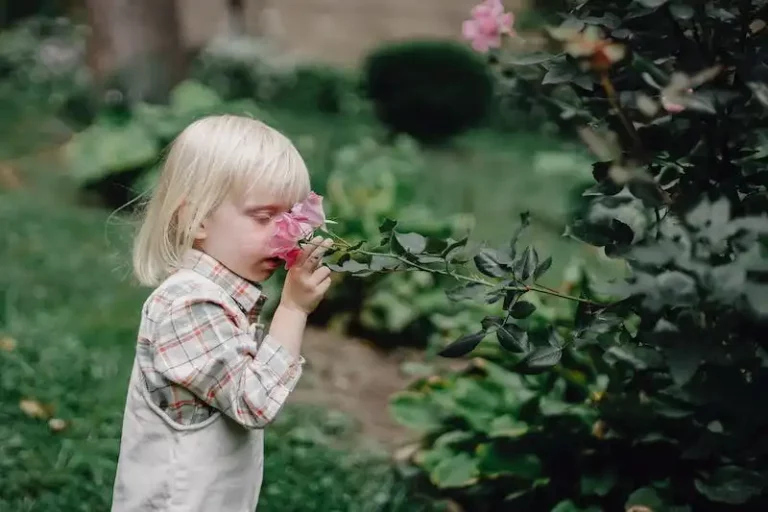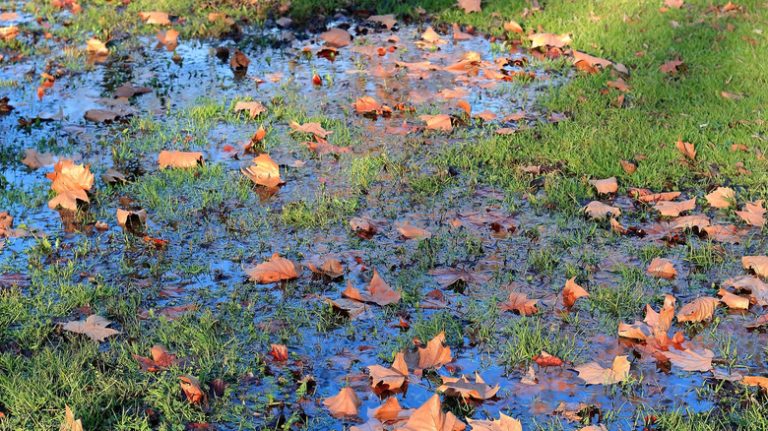The Green Japanese Maple, a cultivar of the Japanese maple tree, is a popular choice for many landscapers and homeowners. Known for its vibrant green foliage, this tree is more than just a beautiful addition to your yard. Its leaves have the ability to turn brilliant shades of red and orange in the fall, adding a burst of color to your landscape. But how do you best care for this stunning tree?
The Green Japanese Maple, like other maples, prefers to be planted in a well-drained soil that is kept moist but not waterlogged. It should be placed in a spot with morning sun and afternoon shade to avoid leaf scorch. The root system of this tree is shallow, so it is important to regularly water it, especially during hot, dry summers.
If you notice any problems with your Green Japanese Maple, don’t hesitate to seek professional help. There are many services available to correct issues such as leaf discoloration, branch dieback, or pest infestations. The experts can provide the answers and solutions you need to keep your tree healthy and thriving.
In conclusion, the Green Japanese Maple is a stunning addition to any yard or landscaping. Its colorful foliage and interesting biology make it a popular choice among customers looking to add interest and beauty to their outdoor spaces. And with the right care and support, this tree can be a focal point of your landscape. So if you’re looking for a new tree to plant, consider the Green Japanese Maple – you won’t be disappointed!
Why Is My Red Japanese Maple Sprouting Green Branches
Japanese maples (Acer palmatum) are known for their colorful foliage and delicate beauty. With their red or purple leaves, they add a vibrant touch to any landscape. However, it can be quite a surprise when you notice green branches sprouting from your red Japanese maple tree.
There are a few things that could cause your red Japanese maple to sprout green branches. One of the main reasons is that the tree is still young and has not reached maturity. Young maples often have green branches that change to red as the tree ages.
Another reason could be that your tree is a grafted variety. Red Japanese maple trees are sometimes grafted onto green-leaf rootstock. If the grafted tree dies or is damaged, the rootstock can send up green branches instead of red ones.
It’s also possible that the tree is reverting back to its original green form. Some red maples are actually hybrids that have been bred for their red foliage. Over time, these trees may try to revert to their original green color.
If you are concerned about the green branches on your red Japanese maple, there are a few things you can do. First, make sure that you have correctly identified the problem. If the tree is a grafted variety, you may need to remove any green branches that emerge below the graft line.
You should also make sure that your tree is getting the proper care. Japanese maples prefer partial shade and well-drained soil. They should be watered regularly, especially during dry spells. Adding a layer of mulch around the base of the tree can help conserve moisture and keep the soil temperature more consistent.
Applying a slow-release fertilizer designed for Japanese maples can also help promote healthy growth and vibrant foliage. Be sure to follow the instructions on the fertilizer package and apply it in the spring or early fall.
In some cases, the green branches may be a sign of stress or disease. If you are unsure about the cause of the green branches on your red Japanese maple, it may be a good idea to consult with a professional arborist or tree care service.
While it may be disheartening to see green branches on your red Japanese maple, remember that these trees are still beautiful and provide excellent shade and color in the landscape. With proper care and attention, your tree may still develop the vibrant red foliage you desire.
Red Trees That Turn Green
The Green Japanese Maple, also known as Acer palmatum, is a multi-trunked tree with stunning red foliage. During the fall season, the leaves of this tree turn a vibrant shade of red, capturing everyone’s attention. But here’s the amazing part – as the cooler temperatures of winter approach, the foliage of the Green Japanese Maple gradually turns green again.
So how does this color transformation happen? The answer lies in the biology of the tree. The leaves of the Green Japanese Maple contain pigments called anthocyanins, which give them their red color. As temperatures drop and sunlight decreases during the winter months, the anthocyanin production decreases, causing the leaves to turn green once again.
At our farm, we grow and sell these unique Red Trees That Turn Green. We’ve had many customers come to us with questions about the Green Japanese Maple, and we’re always happy to provide answers and assistance. We offer a wide range of services, including correct planting and fertilizing techniques, as well as root division and transplanting services.
If you’re interested in adding a Green Japanese Maple to your yard, we have a variety of options to choose from. You can select a young tree and watch it grow and change over the years, or you can opt for a grafted tree that has already been formed and is ready to be planted in your yard. Either way, you’ll be amazed at the beauty and versatility of this tree.
At our farm, we take pride in providing our customers with healthy and well-maintained plants. Our experts are knowledgeable about the care and maintenance of Green Japanese Maples, and we’ll be more than happy to answer any questions you may have. We also offer a wide range of fertilizers and treatments to ensure that your tree remains healthy and vibrant.
Why choose a Green Japanese Maple?
- Unique red foliage that turns green during winter
- Beautiful multi-trunked tree
- Grown by experts with years of experience
- Great addition to any yard or garden
So if you’re looking for a tree that will add a bit of magic to your yard, look no further than the Green Japanese Maple. Its stunning red-to-green foliage and unique multi-trunked structure will surely turn heads and make a statement. Contact us at Brooks Farms to learn more about our Green Japanese Maple trees and how you can get your hands on one today!
Sources: Treehugger, Treehugger
The Biology of Color Change in Japanese Maples
Japanese Maples, also known as Acer palmatum, are a popular choice for landscapers and garden enthusiasts due to their stunning foliage colors. One of the most fascinating aspects of these trees is their ability to change colors throughout the seasons, bringing a burst of vibrant hues to any garden or landscape.
The color change in Japanese Maples is influenced by various factors, including the plant’s biology and the environmental conditions it is exposed to. The leaves of these trees contain pigments known as anthocyanins, which are responsible for the red, purple, and blue coloration. As the seasons change, the concentration of these pigments increases or decreases, resulting in the distinct color changes.
During the spring and early summer, Japanese Maples display their iconic green foliage. This green color is due to the high levels of chlorophyll, which is necessary for photosynthesis and the production of energy. As the summer progresses and the days become shorter, the chlorophyll production slows down, and the green color begins to fade.
In the fall, as the temperatures drop and the daylight hours decrease, Japanese Maples enter a period of dormancy. This triggers the production of anthocyanins, which turn the leaves vibrant red, orange, or purple. The intensity of the colors may vary depending on the specific cultivar and environmental conditions.
It is important to note that not all Japanese Maples undergo this vibrant color change. Some cultivars, such as the “Green Japanese Maple,” maintain their green color throughout the year. These cultivars are valued for their consistent foliage and are often used in landscapes where a green-leaf tree is desired.
To ensure that your Japanese Maple tree maintains its color and health, proper care and maintenance are crucial. They should be planted in a well-draining soil in a location that provides partial shade. Excessive sunlight can cause leaf scorch and color fading. Regular watering and a balanced fertilizer program can help keep the tree healthy and prevent nutrient deficiencies that may affect coloration.
In conclusion, the biology of color change in Japanese Maples is a fascinating process influenced by various factors. Understanding how these trees change colors can help to create a more vibrant and visually appealing landscape. Whether you prefer the green-leafed varieties or the colorful ones, Japanese Maples offer a range of options to suit any garden or landscape.
How to Correct or Prevent the Problem
If you notice your Green Japanese Maple turning more red than green, there are a few things you can do to correct or prevent this problem. First, make sure your tree is getting enough sunlight. Green Japanese Maple cultivars are known for their love of afternoon shade, so if it’s planted in a hot western exposure, it may need some additional protection.
If your Green Japanese Maple is planted in an area with too much direct sunlight, it can lead to the leaves turning red. In this case, you can try moving the tree to a spot that receives more shade during the afternoon. Another option is to provide shade by planting taller trees or adding a trellis or pergola to block some of the sunlight.
It’s also important to note that the color of Green Japanese Maple foliage can vary depending on the time of year and the amount of sunlight it receives. During the spring and early summer, the leaves of the Green Japanese Maple tend to be more green. However, as the summer progresses, the foliage may turn more red. This change in color is not necessarily a problem, but rather a normal part of the tree’s seasonal cycle.
If you’ve recently purchased a Green Japanese Maple from a wholesale nursery or garden center, it’s possible that the tree was grafted onto a different rootstock. Grafting is a common technique used to combine the traits of two different plants into one. In some cases, the rootstock can influence the color of the foliage. If you suspect this may be the case, you can contact the nursery or garden center where you purchased the tree for more information.
Finally, proper care and maintenance can help prevent color changes in your Green Japanese Maple. Make sure to provide adequate water, especially during dry spells, and use a balanced fertilizer to support the tree’s overall health. Regular pruning can also help promote good foliage growth and maintain a desirable shape.
By following these tips and providing the necessary support, you can enjoy the beautiful green-leaf color of your Green Japanese Maple year-round.




